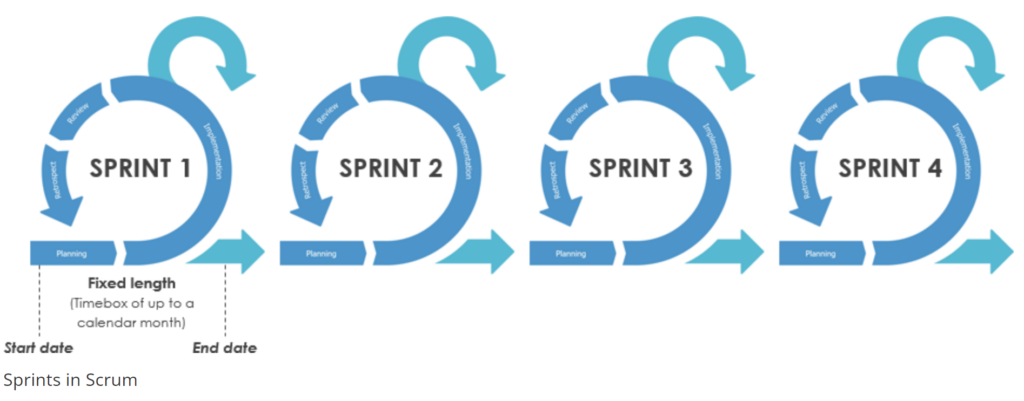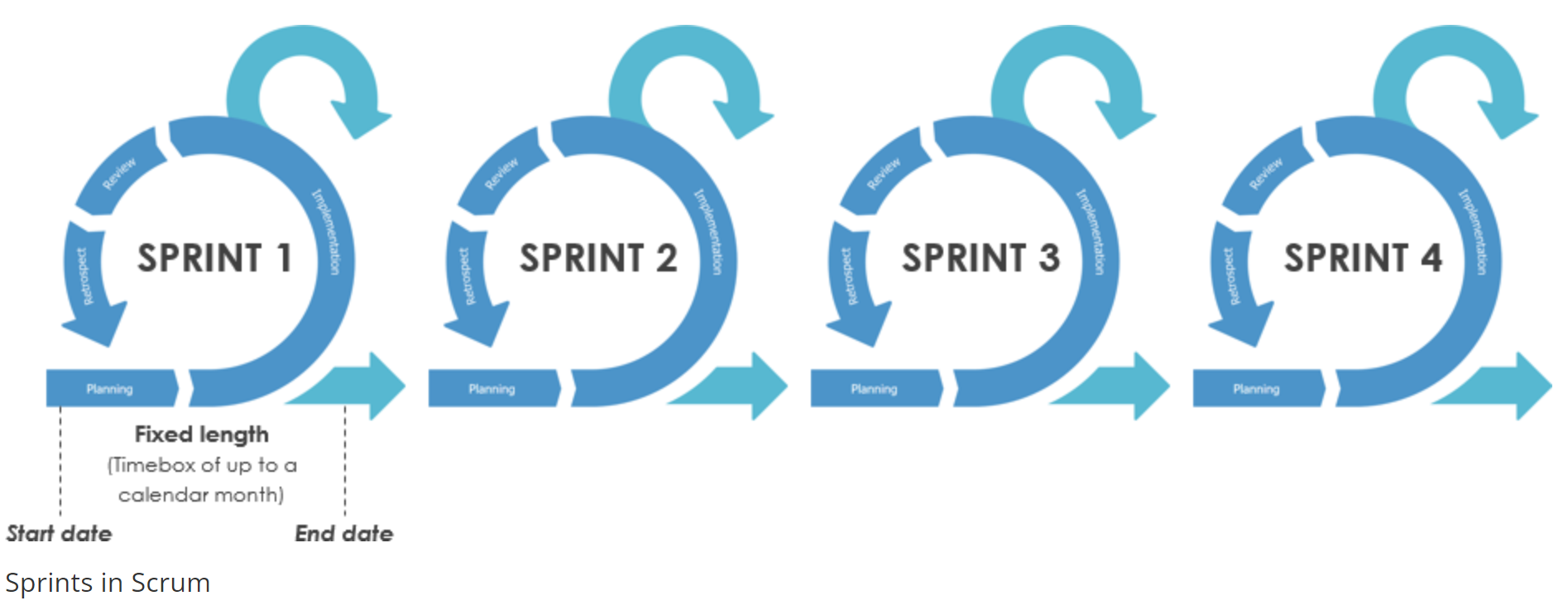At the Beginning of Scrum Enterprise Model, Scrum Teams May Want to Align Sprint Length with Releases
A few days ago, when speaking with a Scrum team, the Scrum Master mentioned their intention to schedule a shorter, one-week sprint in the coming weeks to develop and deliver a small-scale feature. I suggested sticking with their regular two-week sprint cadence and simply scheduling a release within that iteration to meet their needs.
This scenario is quite common when teams first adopt Scrum. Many Scrum teams initially feel tempted to align their sprint durations directly with specific releases. For example, if a sprint ends and a small portion of the planned work remains unfinished, the team might be inclined to extend the sprint by a few extra days to finish that release. Conversely, when the planned release workload is small and could be finished in less time than a standard sprint, the team might consider shortening their sprint duration just to accommodate that smaller release.
Agile Advocates a “Develop on Cadence, Release on Demand” Approach
Agile methodologies strongly recommend a practice called “develop on cadence, release on demand.” The “cadence” here refers to maintaining a consistent sprint length. In other words, development activities should follow a regular, predictable rhythm, with each sprint consistently delivering a set of completed and tested features. However, releasing these features is a business decision, and the timing of releases should be driven by business needs. Releases can happen either at the end of a sprint or at any suitable point during it.
Why Adopt a Fixed Sprint Length?
What benefits does a fixed sprint duration provide? Typically, adopting a fixed sprint length brings several key advantages:
- Simplifies internal and external collaboration management
When sprint durations are consistent, key Scrum events—such as backlog refinement, sprint planning, sprint reviews, and retrospectives—occur at predictable times. Stakeholders, both within and outside the team, can conveniently schedule these events in advance on their calendars. Conversely, varying sprint lengths require frequent rescheduling and make stakeholder coordination significantly more challenging.
For large-scale solutions involving multiple collaborating teams, synchronizing sprints across teams greatly simplifies dependency management and integration activities. Therefore, fixed sprint lengths significantly streamline internal and external collaboration.
- Facilitates easier planning and tracking of major releases
When teams have stable sprint lengths and team composition, the amount of work delivered per sprint—also called the team’s “velocity”—tends to become predictable. Although velocity naturally varies slightly from sprint to sprint, teams can use their average velocity to reliably forecast project timelines.
For example, if an epic consists of 480 story points, and the team’s average velocity is about 100 points per sprint, the team can confidently plan for around five sprints to complete development and delivery of this epic.
Moreover, using consistent sprint lengths allows the creation of sprint-based burndown charts, enabling teams to quantitatively track release progress, balance workload, and quickly identify potential risks or delays.
- Promotes continuous improvement of products and processes
With fixed sprint lengths, teams routinely gather and incorporate feedback, leading to continuous improvement of their product. Regular retrospectives also ensure the team systematically reviews each sprint’s outcomes, leveraging insights gained to enhance subsequent sprints.
Additionally, consistent sprints enable the team to measure data related to productivity, quality, and schedule adherence, providing valuable insights that guide future improvements and validate the effectiveness of changes made.
Share Your Experience
When you conduct Scrum Enterprise Model,Is your team’s sprint length fixed and consistent? If a sprint ends and your release goals are slightly incomplete, do you extend the sprint to finish the remaining tasks? For solutions involving multiple development teams, is your sprint cadence synchronized across all teams?

